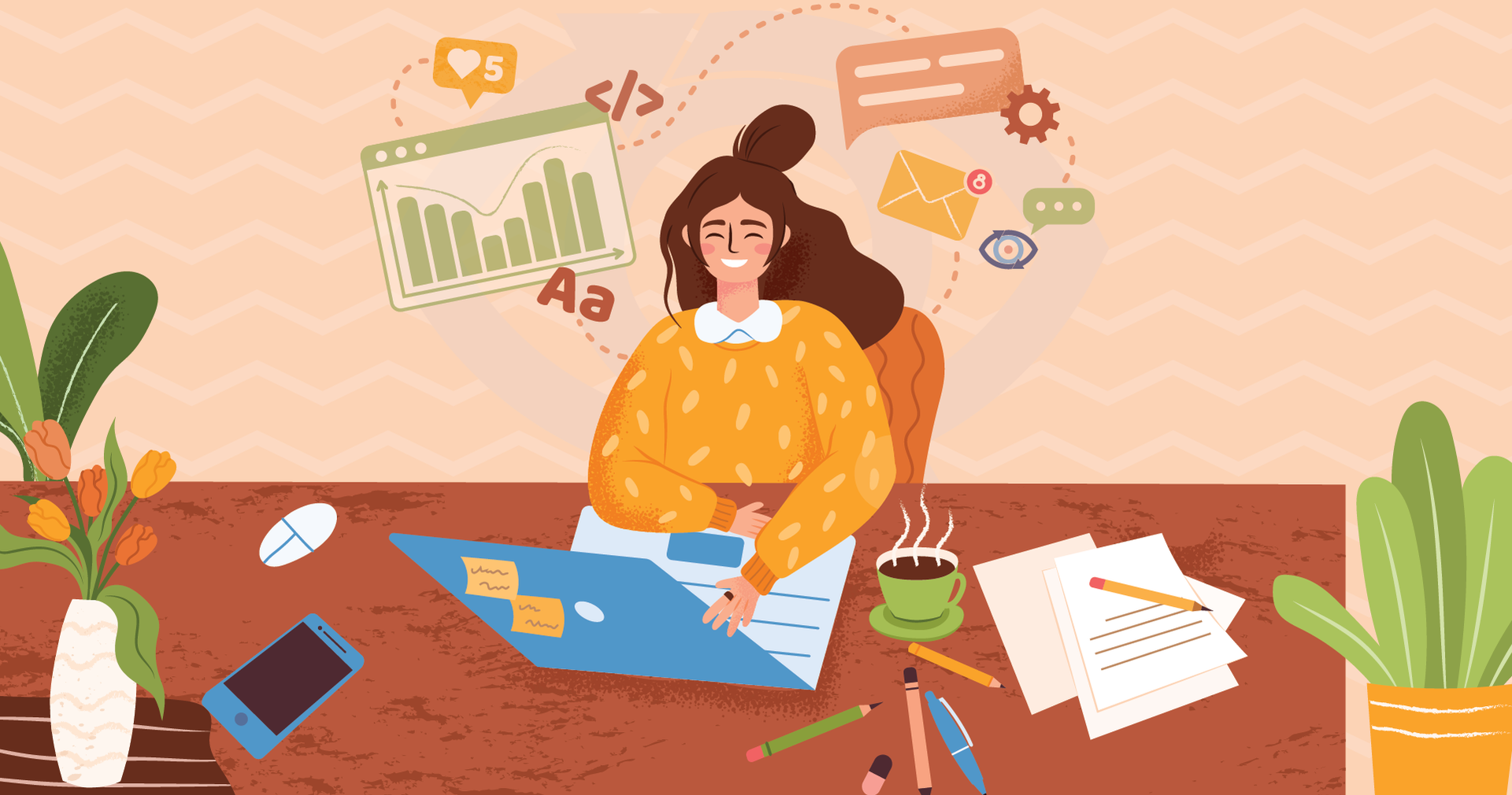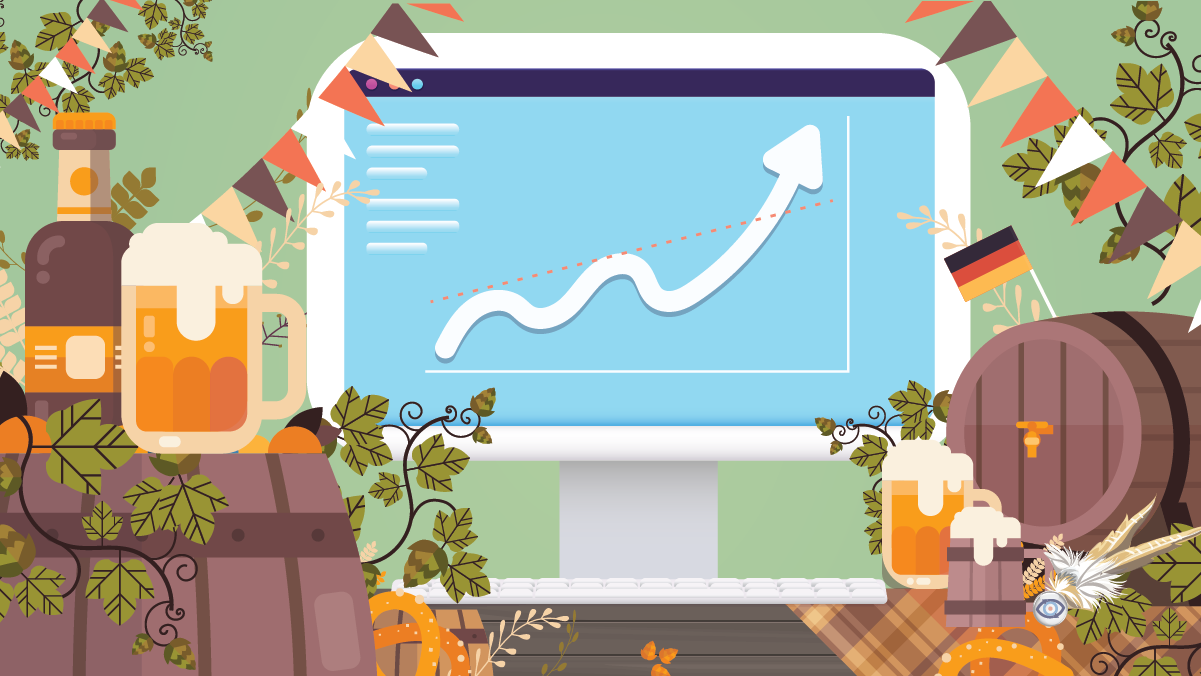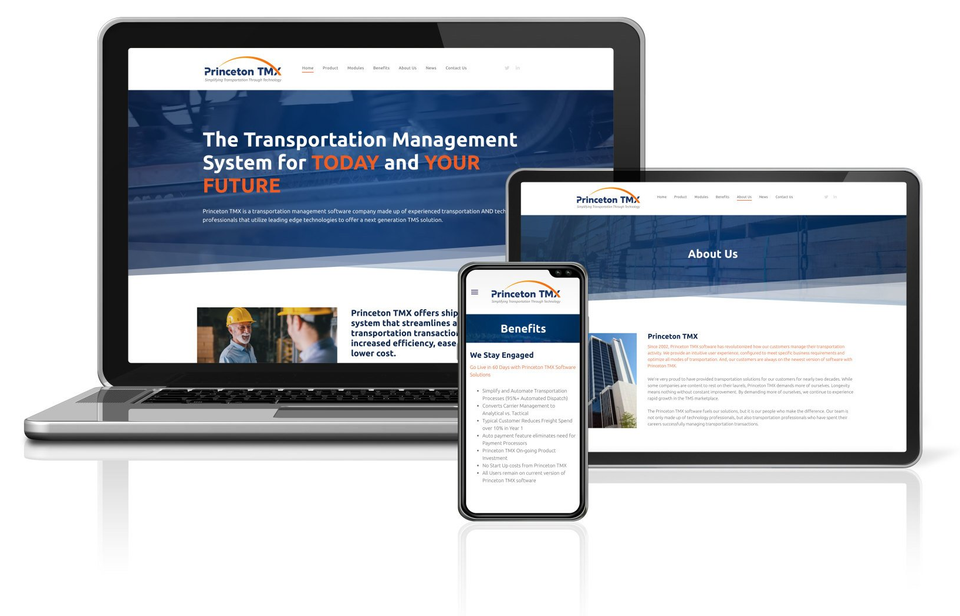Elements of Good Web Design
Good web design involves more than just an aesthetically pleasing appearance, it should convey a message while engaging the user. A well designed website can help build a users trust and encourage them to take action. There are several factors that contribute to good web design such as: typography, imagery, functionality, colors, and consistency.
Websites that are
not designed well tend to perform poorly. So what makes good web design? Let’s explore some basic principles that will help you with your next project.
Purpose
Your website should be centered around a purpose. There are many purposes for websites a few examples being:
- Informative / Practical Information
- Ecommerce
- Service Based
- Entertainment
It’s important that your site caters to the needs of the user and conveys its message.
Simplicity - Less really is more!
It is unnecessary to load your design with elements that do not serve a purpose. Be aware not to “over design” your site. Putting too many elements on a page can be distracting for visitors and cause them to miss the purpose of the site. A clean site is not only appealing but allows a user to be able to navigate more easily.
Consistent Design Elements
Consistency in web design matters a lot and design elements should match throughout the site. To give a cohesive look elements such as typography, buttons, colors, and imagery should be planned out ahead of time and repeated on each page.
Colors
A well thought out color scheme can go a long way in design. Color has the power to communicate a message and evoke feelings that can influence a user's emotions towards your site. Contrasting colors between text and backgrounds will make reading easier. Bold colors can pull a users eyes throughout the site but should be used sparingly. And finally the use of white space can give a site a modern and uncluttered feel.
Typography
Text is important to a site because it provides the user with the desired information. It’s the main way to convey the site's purpose and should be legible. Consider using fonts that are easy to read and use NO more than 3 different font styles.
Imagery
Imagery should be expressive, after all a picture is worth a thousand words. Images should relate to the site's purpose and help with brand positioning. Be careful not to clutter a site by incorporating too many images. Remember less is more. Choose high quality expert pictures, consider purchasing stock photos if you don’t have access to large images.
Visual Hierarchy
Visual Hierarchy is the principal of arranging elements to show their order of importance. This can be done through manipulating certain site elements such as:
- Color - Dark and bright tones typically attract more attention then muted ones
- Alignment - Elements that break the grid and are out of line stand out over aligned ones
- Size - Users notice larger elements more easily
- Whitespace - Elements with white space around them draw the eyes to them
- Proximity - Closely placed elements seem related, elements on their own stand out more
Effective visual hierarchy helps inform, impress and lead users to a page/functionality by giving them the right visual cues.
You can easily design and develop an aesthetically pleasing and functional website by incorporating all of these principles into your next project.





